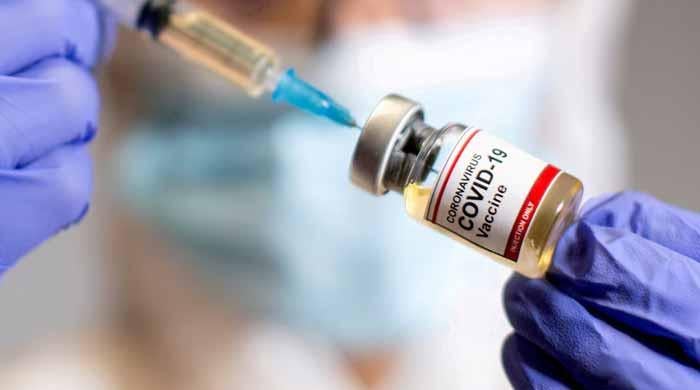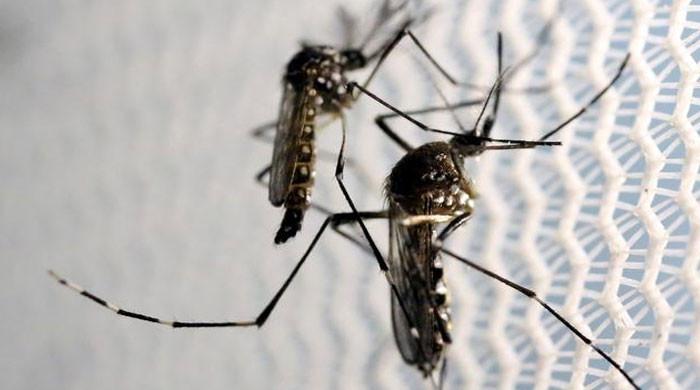Are Americans ready for lab-grown chicken meat?
It does not come from animal itself but from its cells and will take some time to reach the stores
June 25, 2023

Americans are soon to experience the taste and flavour of lab-grown chicken meat as the US Department of Agriculture has granted permission to the two companies — Upside Foods and Good Meat — to start the production of cultivated meat Wednesday.
It does not come from the animal itself but from its cells. It will take some time to reach the stores, however, it may be first tasted in some select restaurants.
Here's what you should know about lab-grown meat.
What is lab-grown meat?
The lab-grown meat, also called cultivated meat, is created using animal cells while putting nutrients in it like amino acids in large-size bioreactors.
When ready, companies collect the meat and is moved to the processing line
When the meat is ready, companies collect it from the bioreactors and move it along the processing line.
According to Andrew Noyes, head of global communications and public affairs at Good Meat, "the company's protein looks a lot like a minced chicken when extracted."
What is great about lab-grown meat?
One thing is for sure that people can eat meat without killing animals.
Upside Foods explains that cells "it gathers from a fertilised chicken egg are stored in its cell bank and can be used for at least ten years."
Noyes said: "Animal cells can come from animal biopsies or even feathers, among other sources."
While growing meat, environmental concerns are also in place as animal agriculture particularly contributes to greenhouse gases.
"To make cultivated meat, energy use needs are high," said Bruce Friedrich, president and founder of the Good Food Institute, a nonprofit group that promotes alternative proteins.
"Still, those energy needs will be offset by the reduction in land and water use and other benefits," he said, adding that "renewable energy is how we reap the maximum climate benefit."
What does lab-grown meat taste like?
It tastes similar to natural meat.
According to CNN, it tastes like traditional meat, and the flavour was “full and savoury.”
“We would need to go through another regulatory process for beef, pork, [or] any other kind of animal protein,” Noyes said, noting that Good Meat is in the early stages of developing cultivated beef.
What is the cost of lab-grown meat?
According to a CNN report, the British company Ivy Farm said last year that it could produce a lab-grown meat burger for less than $50.
However, it’s more than a traditional burger costs.
Noyes noted that "getting to price parity for us, from a cost of goods standpoint and cost of production standpoint, is a major challenge," adding that "the company has a path to get there."
"Good Meat's cultivated chicken will be priced at a slight premium or comparable to other chicken items at a José Andrés restaurant," Noyes said.
"To be clear, our company is not making money on these sales, we’re taking a loss," Noyes said.









